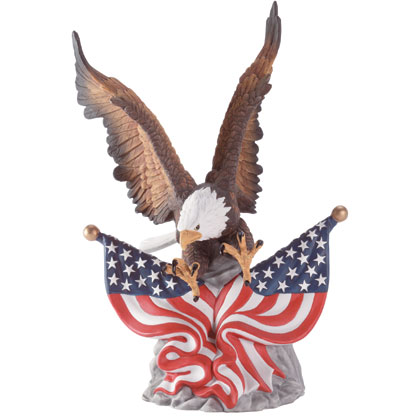 Animal Land ships many pets to Hawaii under the direct release program and we are experts in ensuring that all veterinary work is in order to ensure you can pick up your pet several hours after his arrival into Honolulu. However, because the process must be started well in advance of transport, some clients who must move quickly find it necessary to ship their pets prior to their eligibility date for release, where they must remain in quarantine.
Animal Land ships many pets to Hawaii under the direct release program and we are experts in ensuring that all veterinary work is in order to ensure you can pick up your pet several hours after his arrival into Honolulu. However, because the process must be started well in advance of transport, some clients who must move quickly find it necessary to ship their pets prior to their eligibility date for release, where they must remain in quarantine.I have recently had the pleasure of working with a terrific client, Andrea, in the transport of her adorable dog, Sebastian to Hawaii. Andrea is an "on the go" businesswoman and she wanted Sebastian to arrive into Hawaii before his 120 day wait period was over so that she could be close to him and be able to visit. Sebastian is spending 28 days at the main quarantine station in Hawaii. Andrea has been kind enough to provide this great picture of her and Sebastian after he was all settled in to his quarters at the main dispensary last week. This is where your pet will reside awaiting his eligibility date for release if he must be transported early. Andrea has also been kind enough to provide her assessment of her experience with the quarantine station after her first visitation to the facility.
Andrea also made sure Sebastian had a special Lei to welcome him to the islands. I just love their matching outfits! Thanks Andrea - we couldn't have asked for better models!
It was a pleasure having you help get my big baby to Hawaii. I will take some video footage and more pictures of the facility and send them to you.
The kennels are outdoors ( I didn't expect that at first, but it seemed to be okay). They are on a big slab of concrete, with a bed lifted off of the ground (the bed is made of ply wood and most people put blankets on the plywood. The dog has plenty of space to move around. The area is cleaned out daily with a hose.
They have a bench inside of the cage so the owner can sit and visit with their dog.
They feed the dogs 3 times a day, unless the owner instructs otherwise. The workers were giving some baths that needed them. The people working at the quarantine were very friendly. I believe they must play with the dogs, because the dogs seem to like the people (always a good sign).
You can bring your pet treats, dog beds, and toys (toys can't have rawhide). They have a vet on staff that inspects your dog when he arrives to Hawaii. My dog has a bad leg and they left a note on his cage to tell me to come talk to the vet. The vet was just checking to make sure he didn't get injured in his travels. I appreciated them checking.
Thanks again for all of your help,
Andrea
































